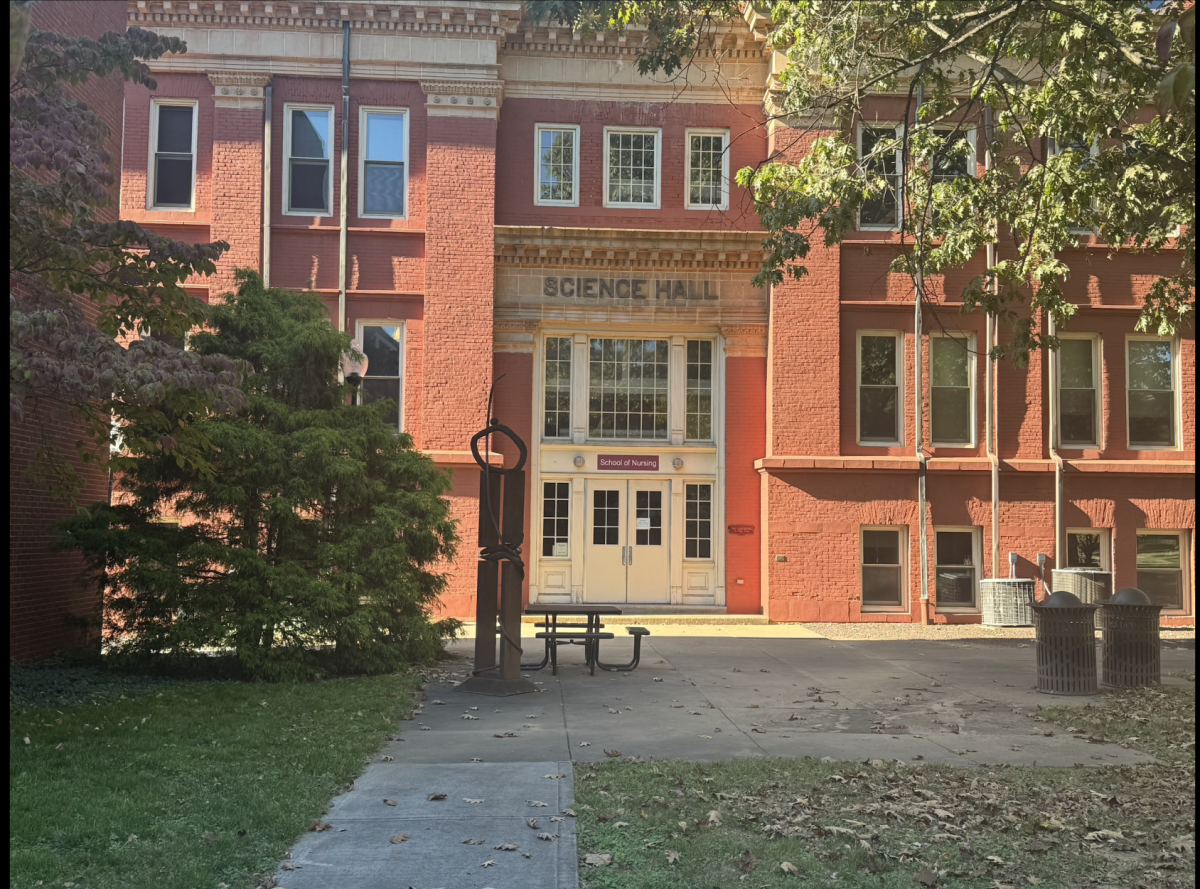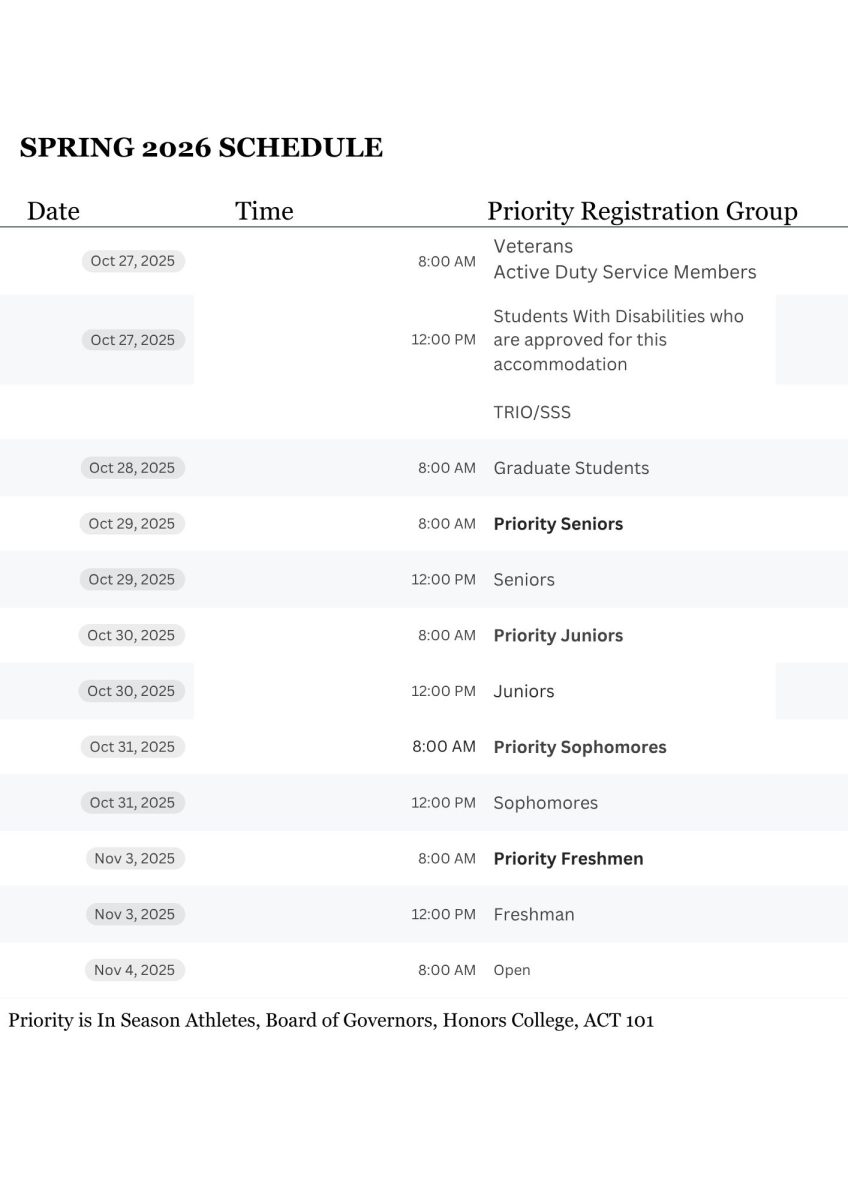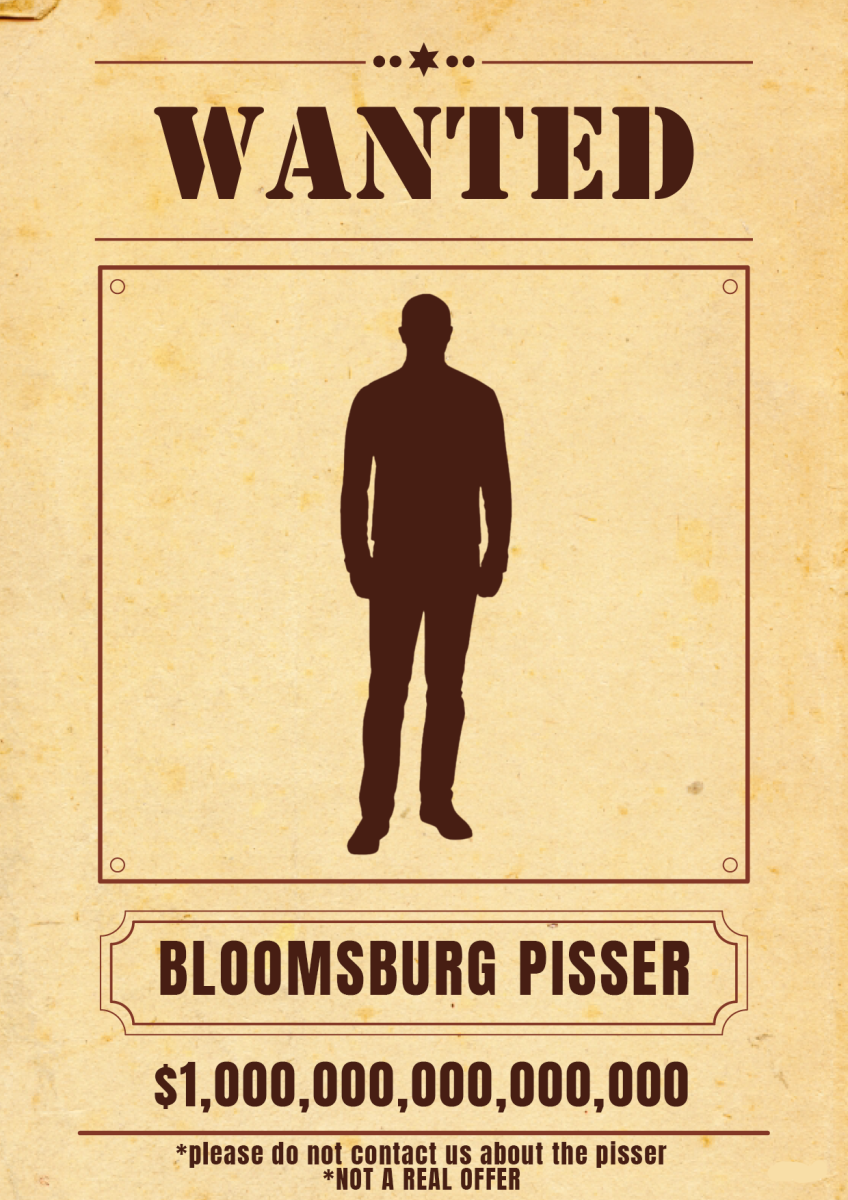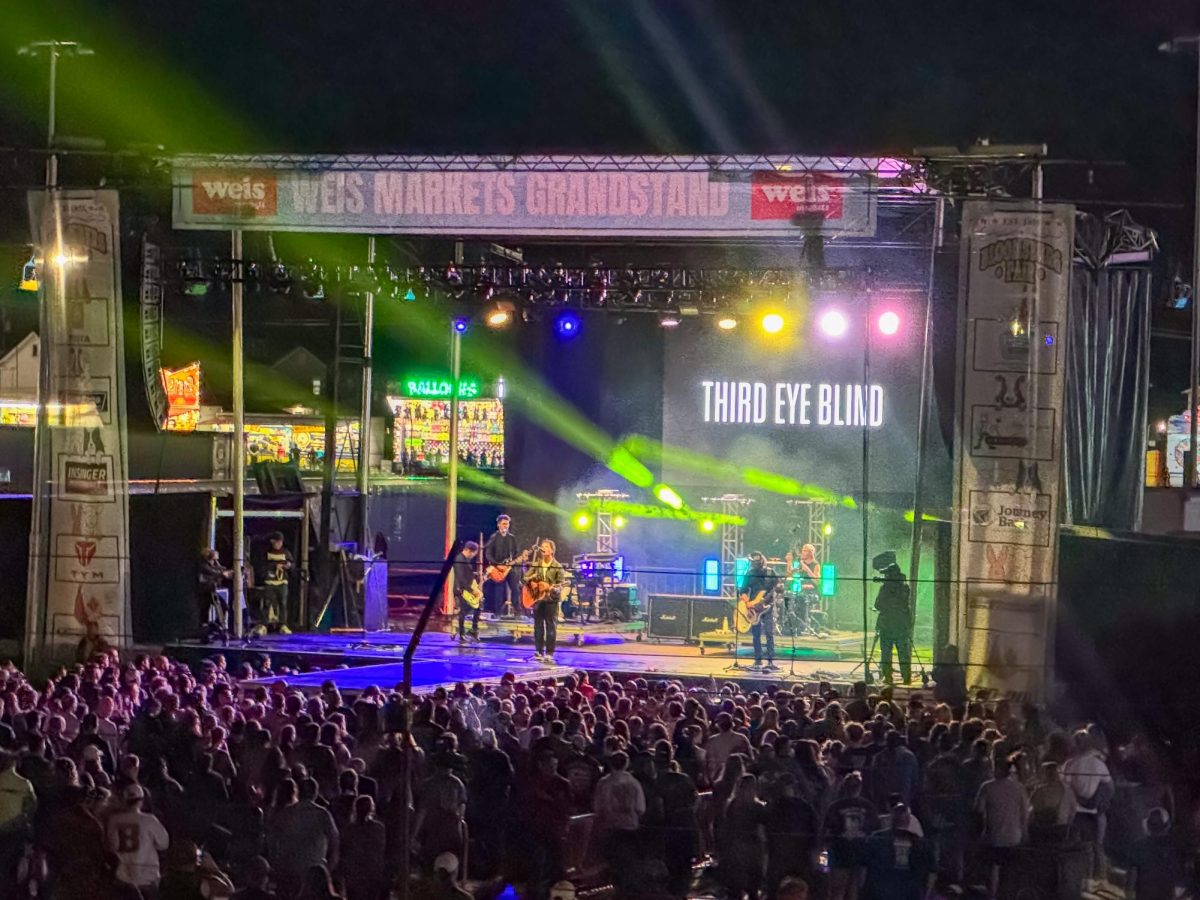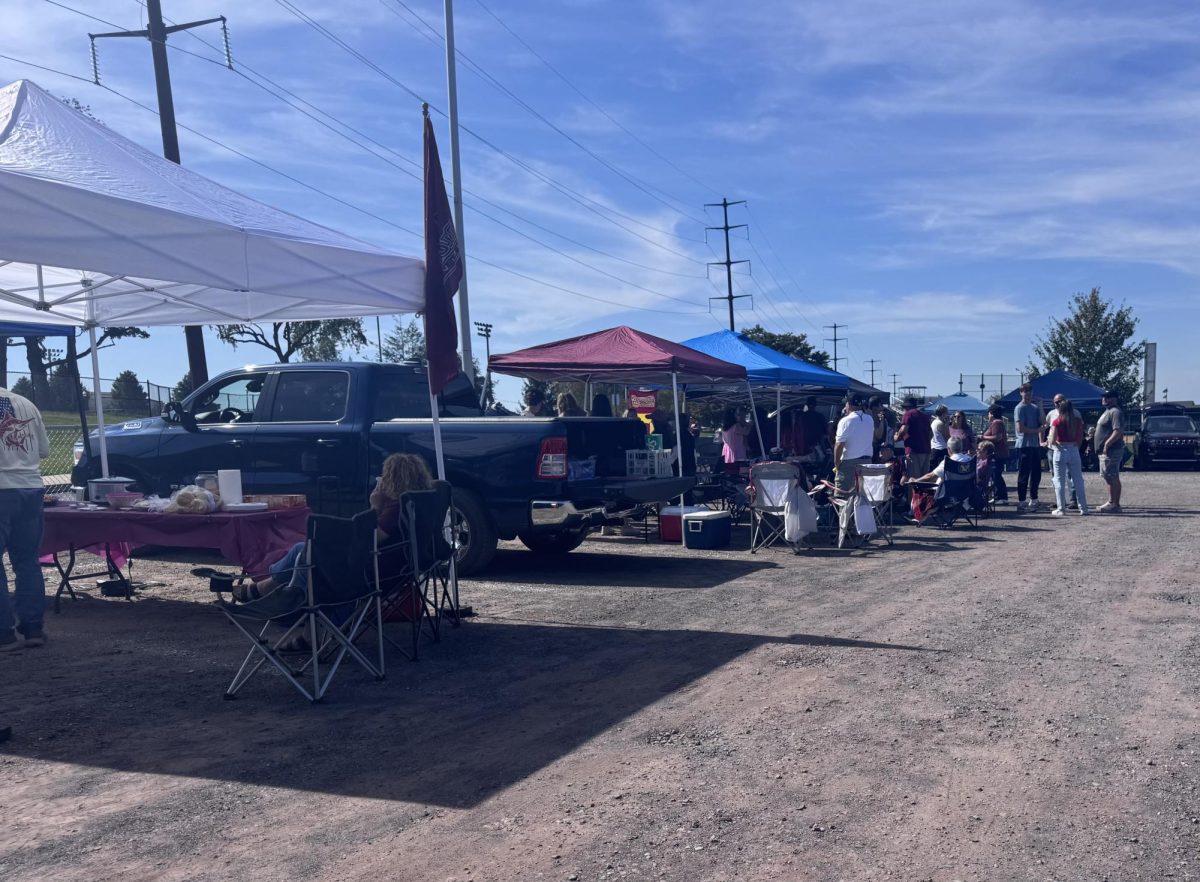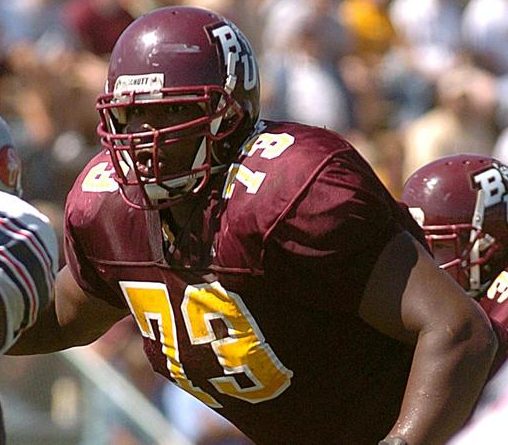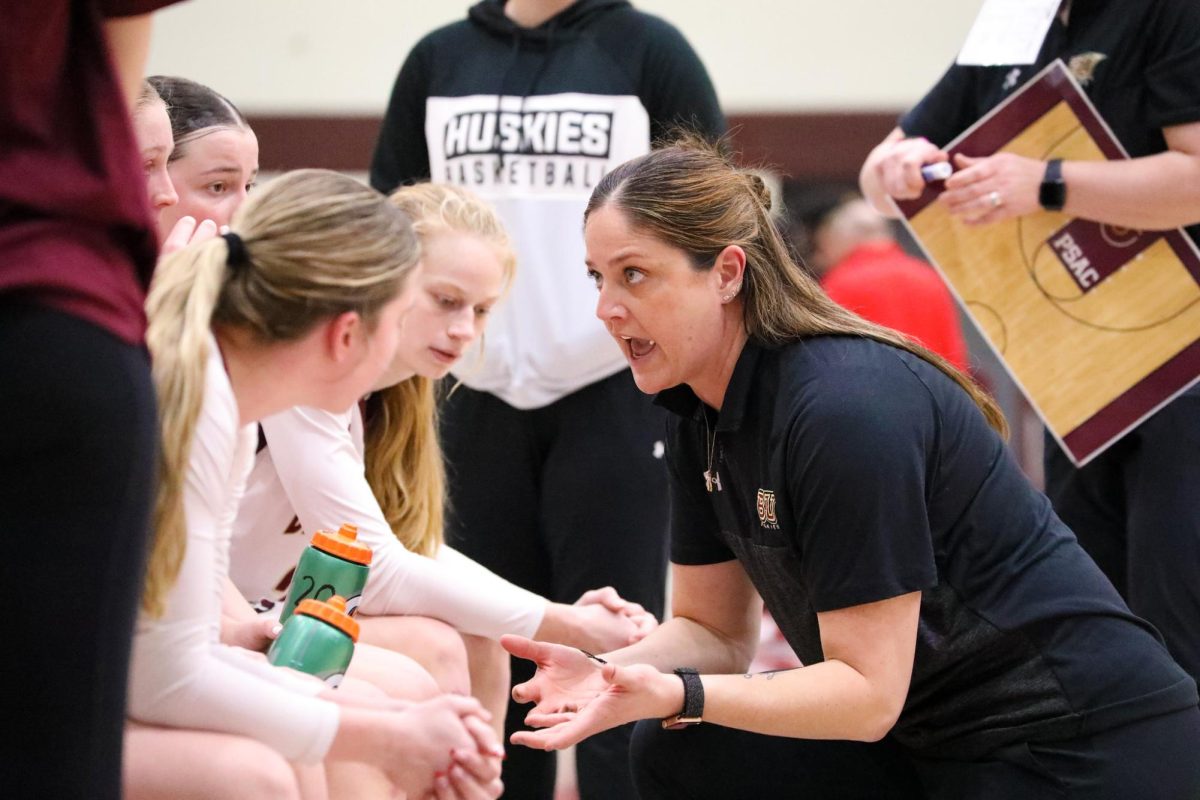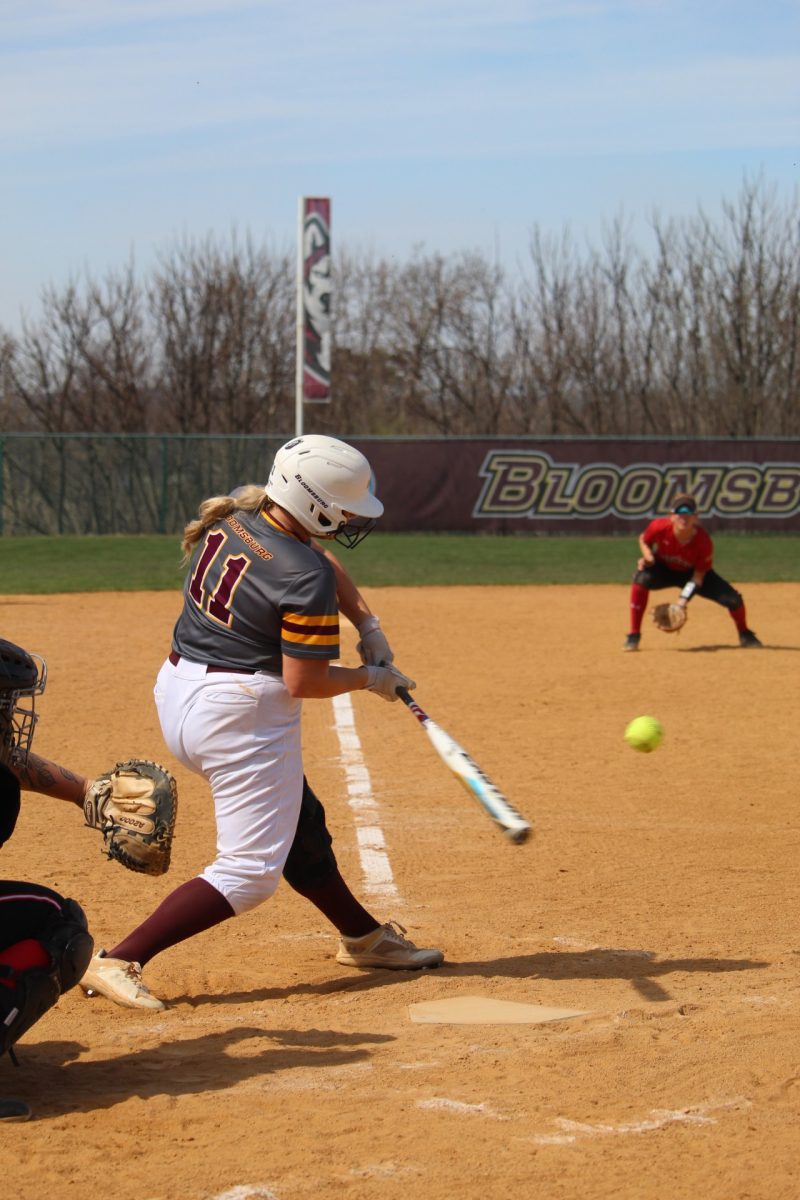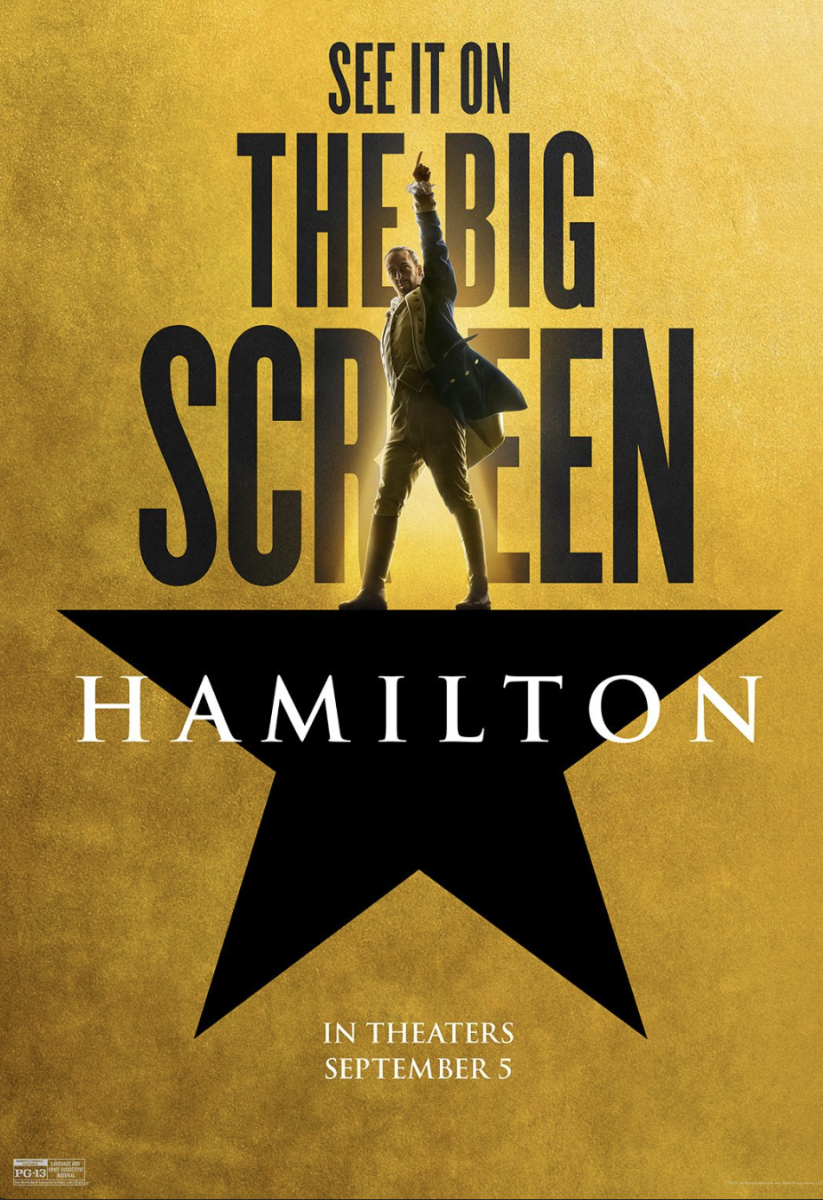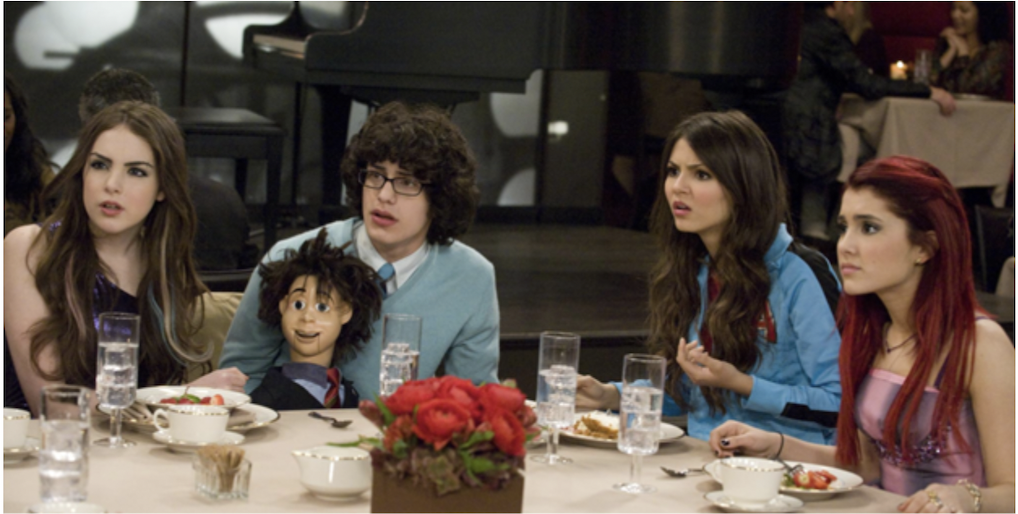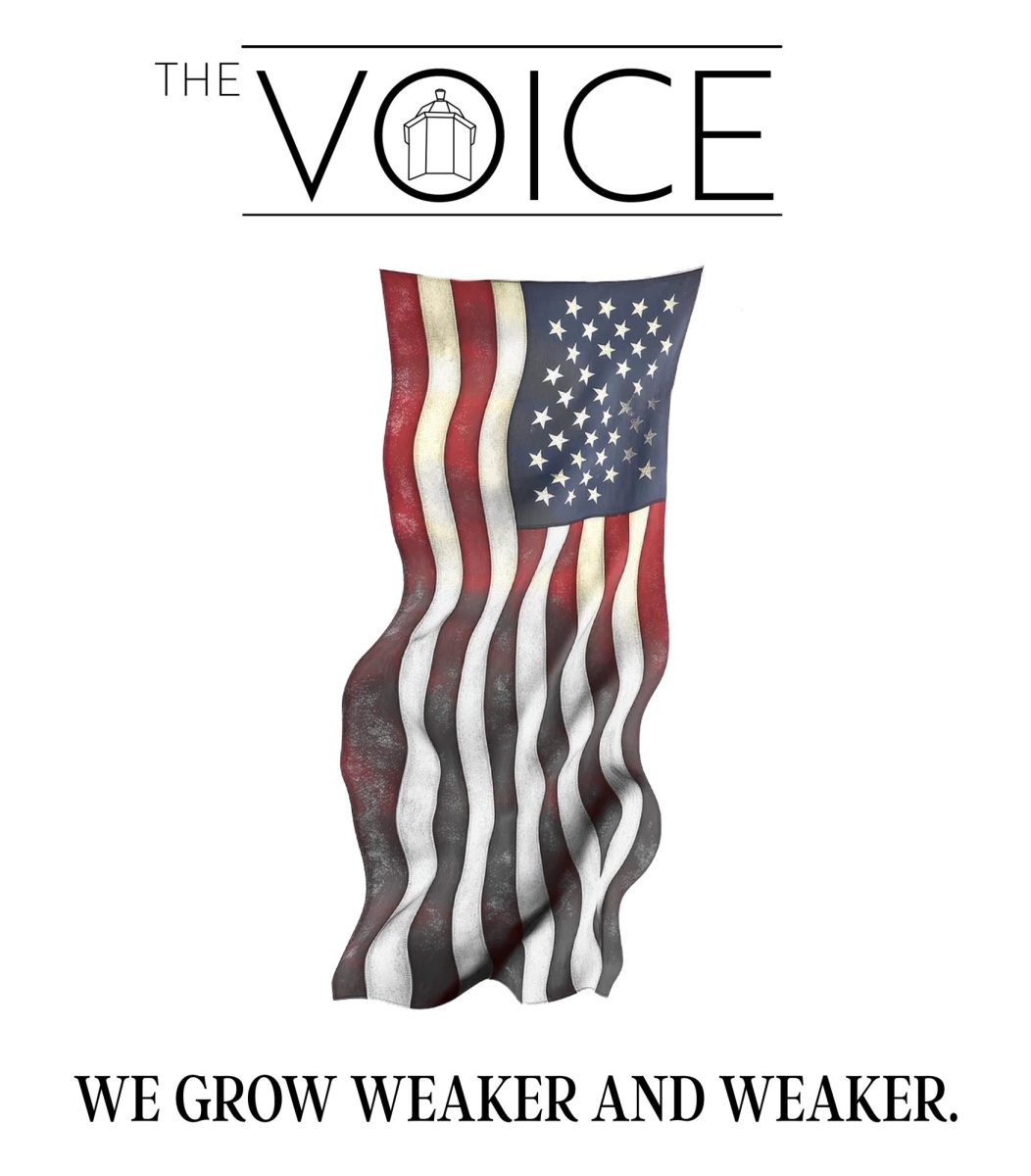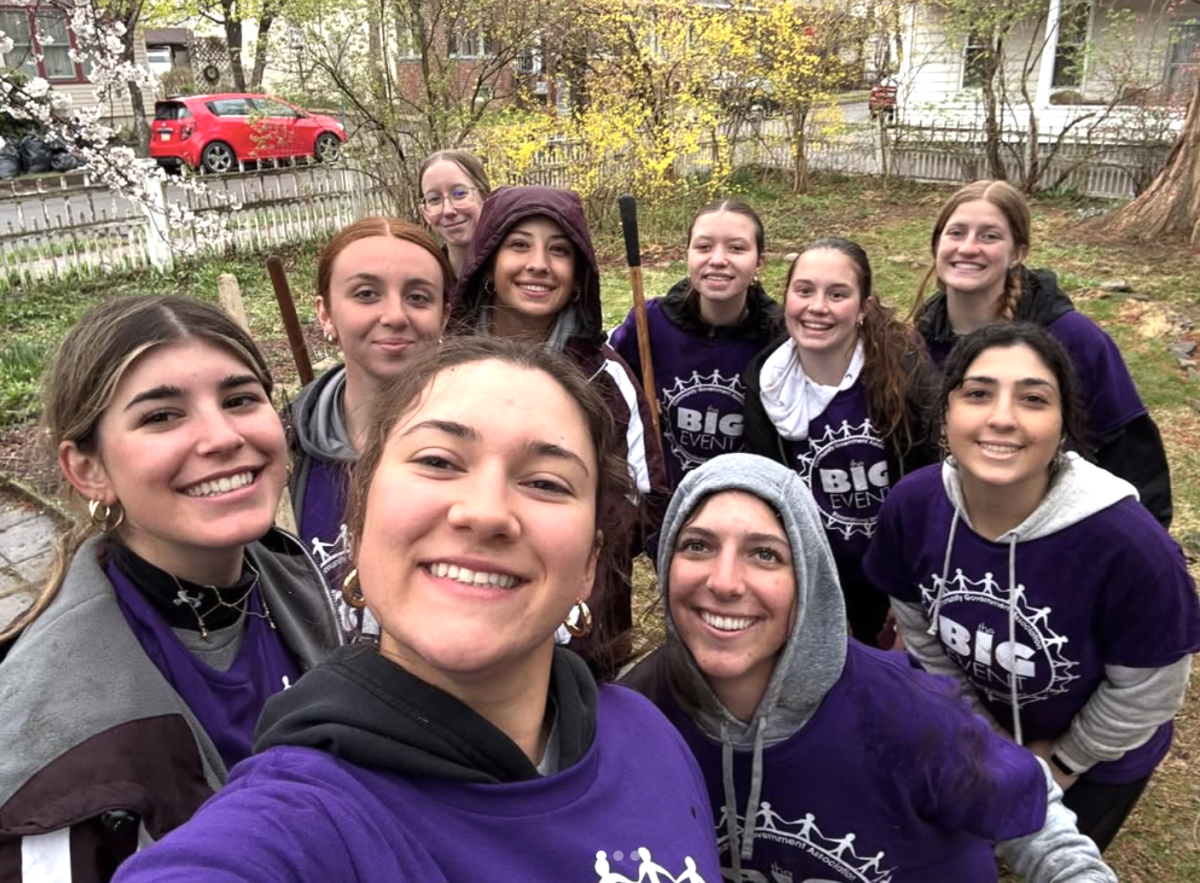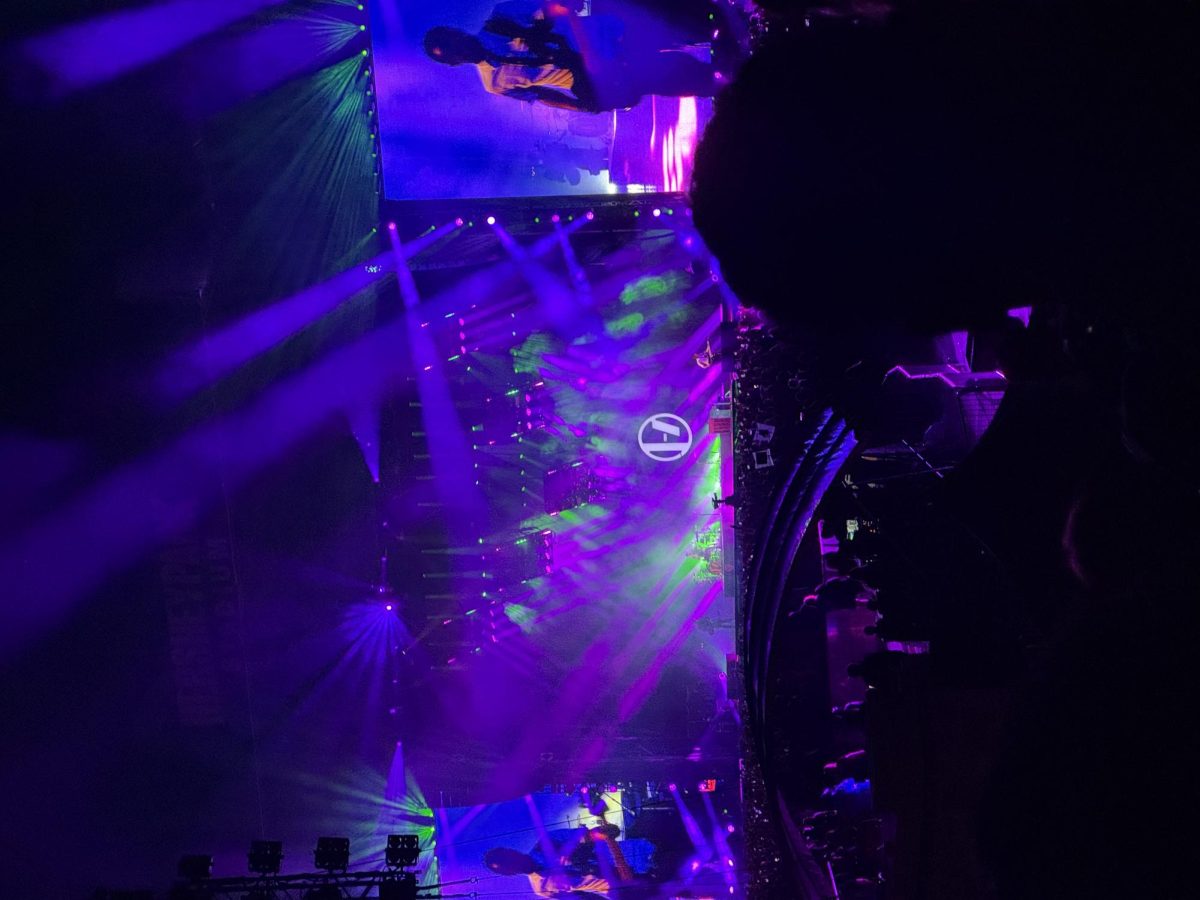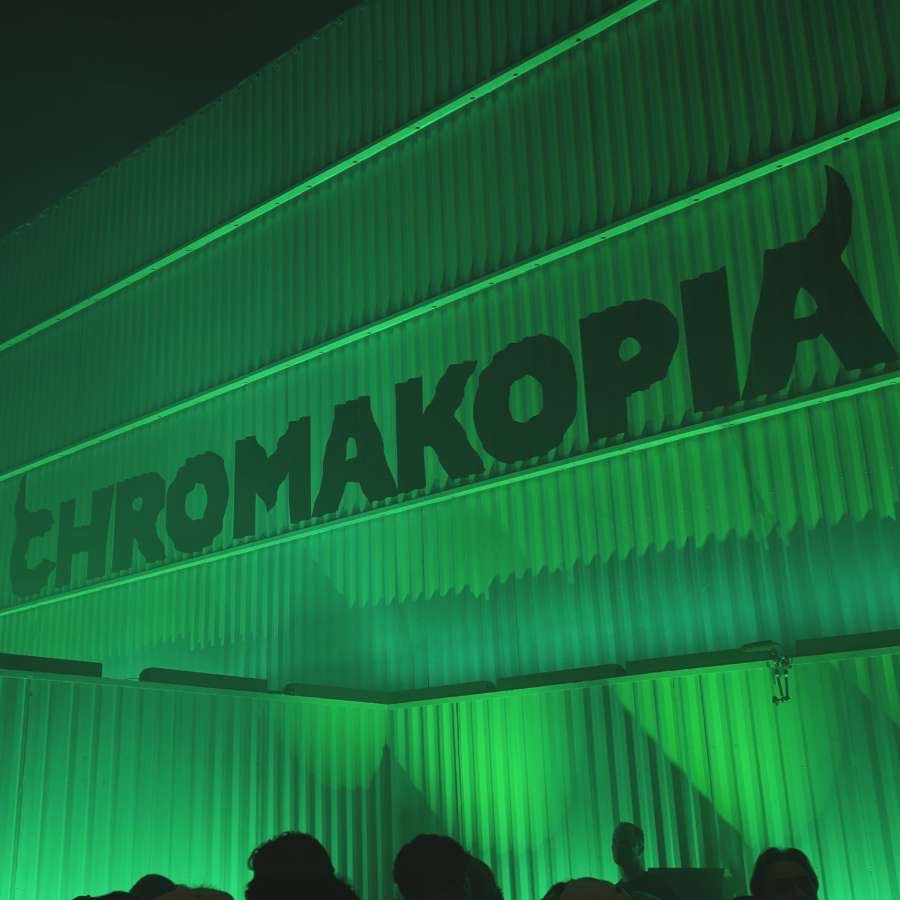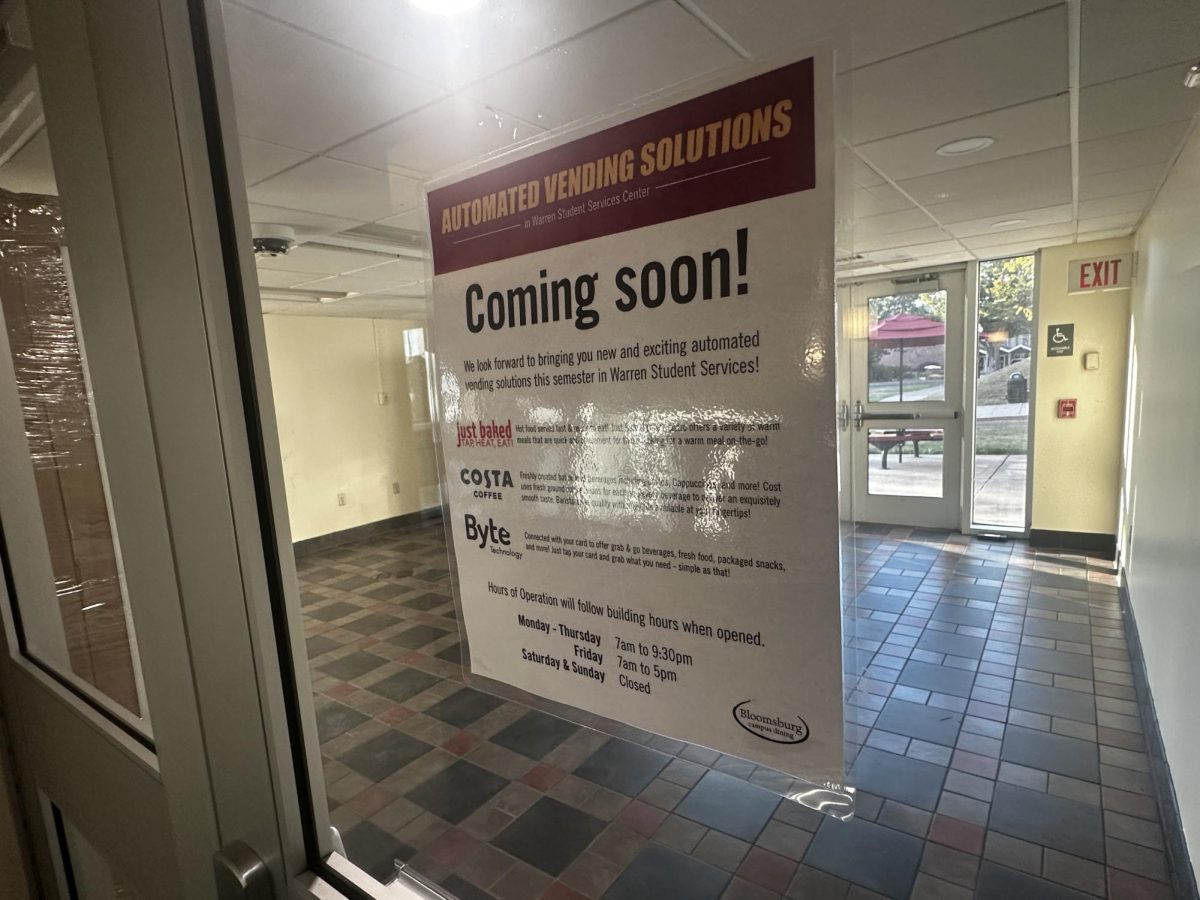Born and raised in Pennsylvania, Dr. William D. Phillips grew up in an environment that allowed him to cultivate his love of science from an early age. Phillips grew up to be one of three winners of the Nobel Prize in Physics in 1997.
On Friday, March 30, 2018, Dr. Phillips visited Bloomsburg University to give a lecture to students and members of the general public. Phillip’s lecture was titled “Time, Einstein, and the Coolest Stuff in the Universe,” and touched on complex scientific concepts in a way that appealed to viewers of all ages.
He recounted during his presentation on the laboratory he had in his family’s basement in middle school, in which he conducted experiments with rockets, fire, explosives, and all sorts of dangerous materials while “ignorant and heedless of the dangers” that his experiments caused.
Remaining interested in science throughout his life, he went on to attend Juniata and later MIT, eventually working with colleagues Steven Chu and Claude Cohen-Tannoudji with whom he shared the Nobel Prize with in 1997 for their work cooling and trapping atoms using laser light. Phillips began his lecture with a brief explanation of Einstein’s Theory of General Relativity.
He explained that in 1905, Einstein predicted that time around Earth would be warped by the rotation of the planet, along with other natural phenomenon: a concept he would return to for later parts of his lecture.
The bulk of Phillip’s talk (and the most engaging segment for all of the young children that had come to see him speak) was his demonstrations with “the coolest stuff in the universe.” Using a play on words, Phillips was actually referring to liquid nitrogen, a substance with an extremely low boiling point (-320 degrees Fahrenheit).
Phillips demonstrated the significance of its low temperature through multiple experiments, such as freezing a bouncy rubber ball which he later shattered, filling and sealing a container full of liquid nitrogen which later exploded due to pressure buildup, and submerging rubber bands in the liquid to display how the substance made them “snap like twigs.”
His main experiment consisted of blowing up over a dozen balloons and storing them in the same container of liquid nitrogen, which eventually all became flat as the hot air inside them reacted with the liquid nitrogen, or as Phillips put it, “if you have something [this] cold, why not cool some gas?” Upon emerging from the container all of the balloons inflated back to regular size, which were tactfully distributed to all the young children present as he went on to finish his lecture covering more “serious” material.Relating back to Einstein’s Theory of General Relativity, Phillips explained why the accuracy of time measurement is so important.
Accurate time measurement, as he explained, affects everything from the GPS system we may have in our cars or on our phones, to experiments such as the one he conducted in 1997 which required immense precision; for this reason, Einstein’s work is still vital to what scientists do to this day.In closing, Phillips left the audience with a very optimistic tone.
The large amount of young people, especially children, who had come to see him speak gave him hope for the future of scientific experiments, as he described scientists as “children who never really grew up.” Knowing that there is still much more to be discovered, Phillip’s encouraged all of the audience, young or old, to keep questioning, investigating, and looking to the future.


